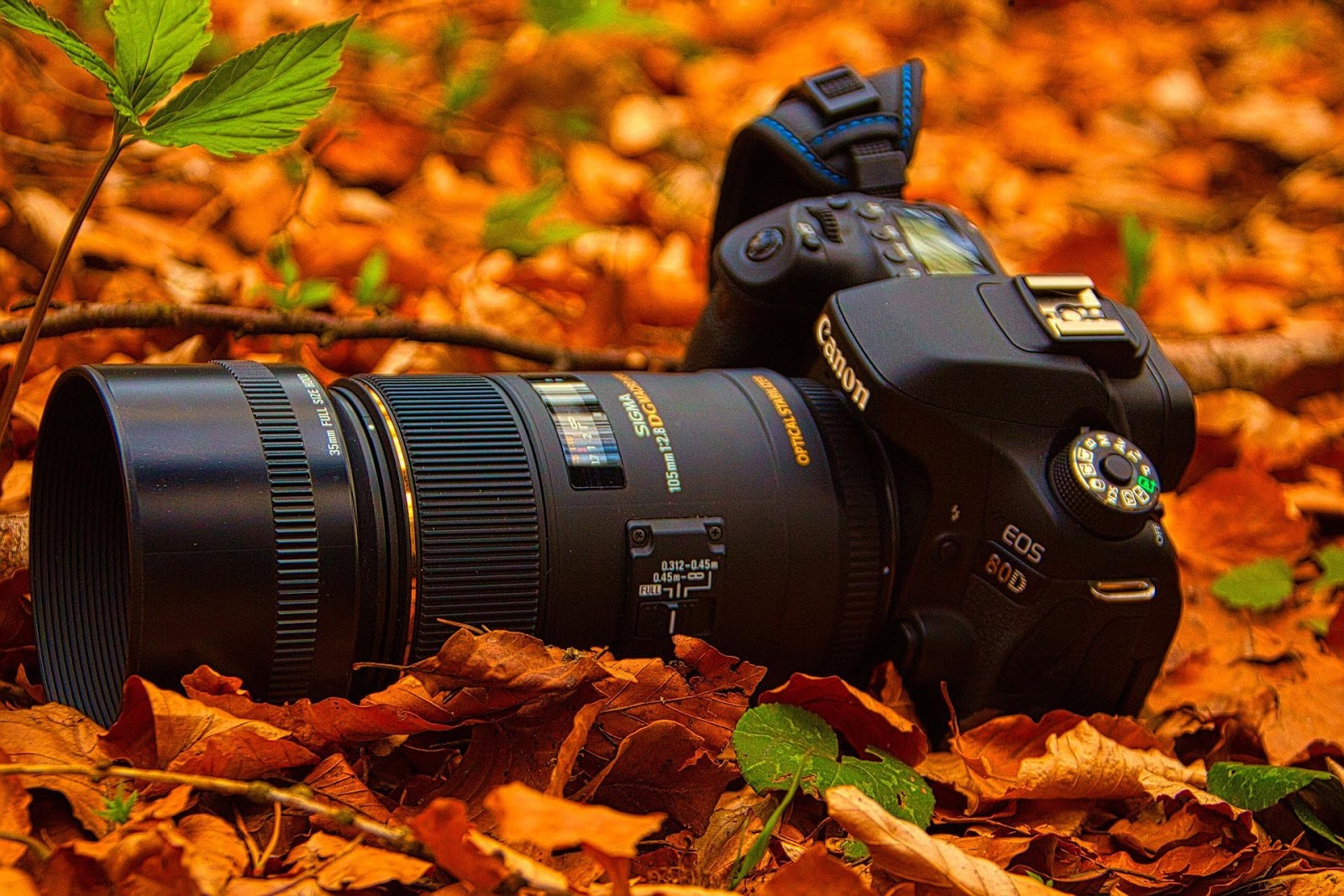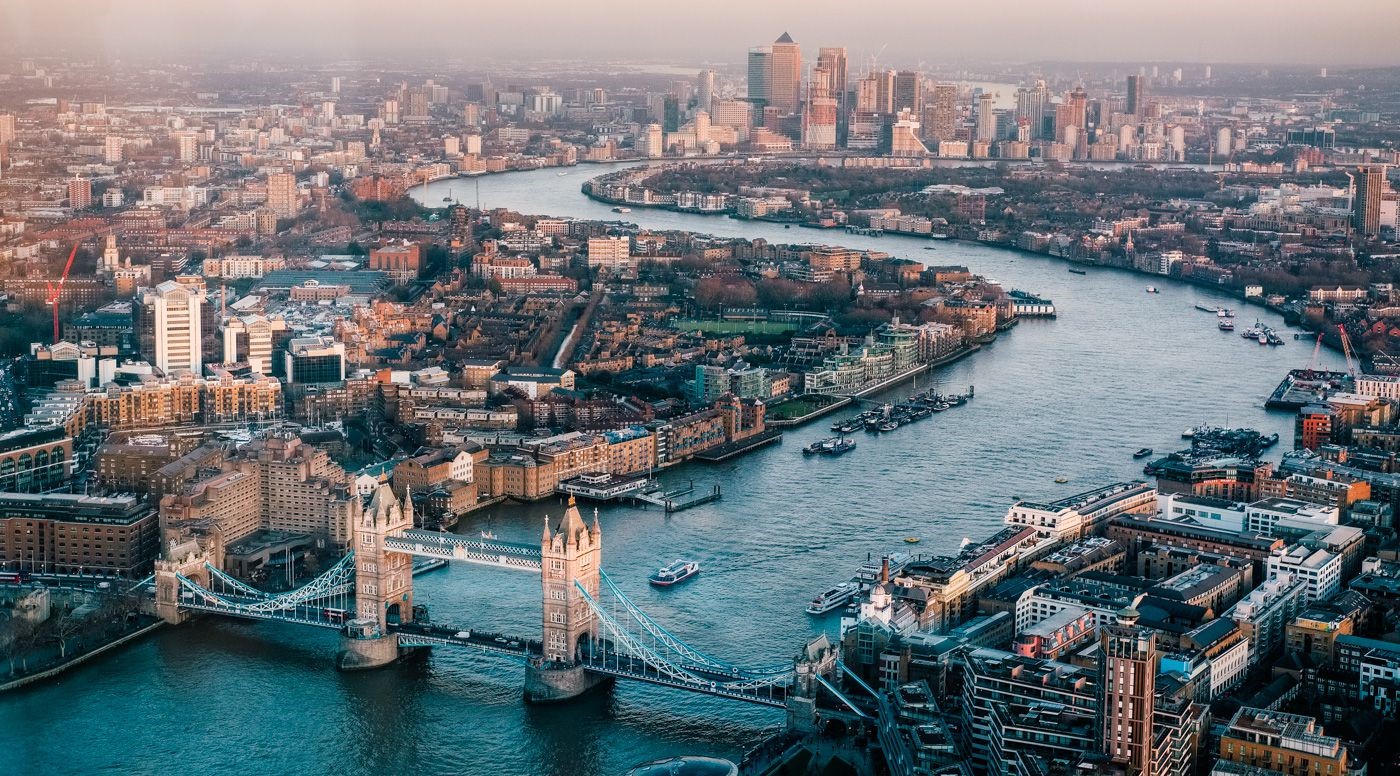
Different Types of Cameras
Smartphone Cameras
The scope of cell phones available today implies a ton of assortment in photographic abilities. Notwithstanding a selfie cam on the front, section-level cell phones may have recently a solitary back confronting camera. In any case, better quality models gloat two or even three back cameras to catch pictures at various central lengths. All cell phones accompany a moderate wide-point focal point back camera. Two-camera telephones regularly add a super-wide focal point, and three-camera models incorporate a slight zooming focal point that gives a touch of zoom to representations or different closeups.
Cell phone camera goal is everywhere. Some cell phone producers, similar to Apple, hang tight at goal and spotlight on expanding the size of the pixels on the sensor, which prompts better pictures, particularly in lower light. The iPhone 12 Pro, for example, has three 12-megapixel back cameras (which is a bounty goal for most photography). Different telephones maximize on goal. The Samsung Galaxy S21, for instance, incorporates a 64MP camera, and the Xiaomi Mi 10 5G highlights a 108MP sensor. Such a high goal permits you to trim vigorously into a photograph and still have a lot of pixels.
Numerous advanced cell phones catch 4K video, and some go up to 8K. The best cell phone cameras likewise have more refined programming highlights to further develop shading, difference, and detail or to perform stunts like eradicating stray subjects from the edge or making a shallow profundity of field impact. Better cell phone cameras likewise incorporate sluggish movement video alternatives. One benefit that the Apple iPhone has over other cell phones is that there are numerous iPhone focal point packs that will assist you with getting of that telephone’s camera.
DSLR Cameras
DSLR cameras are pretty much the customary Single Lens Reflex camera adjusted for a computerized age. Due to their enormous sensors, these cameras have for some time been the leading figures for picture quality, returning to the times of film. All DSLR cameras utilize a mirror and crystal-based framework that allows photographic artists to see precisely what they’re going to shoot through the perspective by means of an optical viewfinder. At the point when you press the screen, the mirror flips up, uncovering the picture sensor to light.
DSLRs are among the quickest cameras and have generally been utilized by sports photographic artists and photojournalists for activity tasks. These cameras utilize compatible focal points, giving photographic artists a scope of choices for going wide or zooming in. Since they’ve been around for such a long time, DSLRs have the most extensive scope of focal points from which to pick,
Action Cameras
Action cameras do exactly what the name says. They can deal with shocks, water, and temperature limits that you may experience doing sports and other open-air exercises. These cameras regularly catch exceptionally wide-point photographs and recordings, frequently at goals of 4K or higher, as on the GoPro Hero9 Black (which shoots up to 5K and has movement adjustment).
The cameras are very reduced, for the most part, more modest than point and shoots. Most have a touchscreen on the back which allows you to change settings, and large numbers of the better models will allow you to control them through a cell phone application. See our rundown of best activity cameras to settle on your decision, however, most of the top models are made by GoPro.
Point and Shoot Cameras
Minimized, or simple to use cameras are straightforward models you can regularly fit in your pocket. Famous models, for example, the Canon PowerShot ELPH 190 don’t offer a lot of advantages over a cell phone camera, with the exception of optical zoom, which goes from about 5x to 12x in this class. More-costly point-and-shoots may incorporate optical picture adjustment just as Wi-Fi for moving photographs to a cell phone.
The single point vs two point sling and shoots can likewise give uncommon abilities, like tough, waterproof plans. The Olympus Tough TG-6, for instance, can make due under 50 feet of water and capacity at temperatures down to 14 degrees Fahrenheit. The simple to use class has additionally restored moment photography. Cheap models from Lomo, Fujifilm, and Canon catch pictures on film or incorporate little advanced printers.



